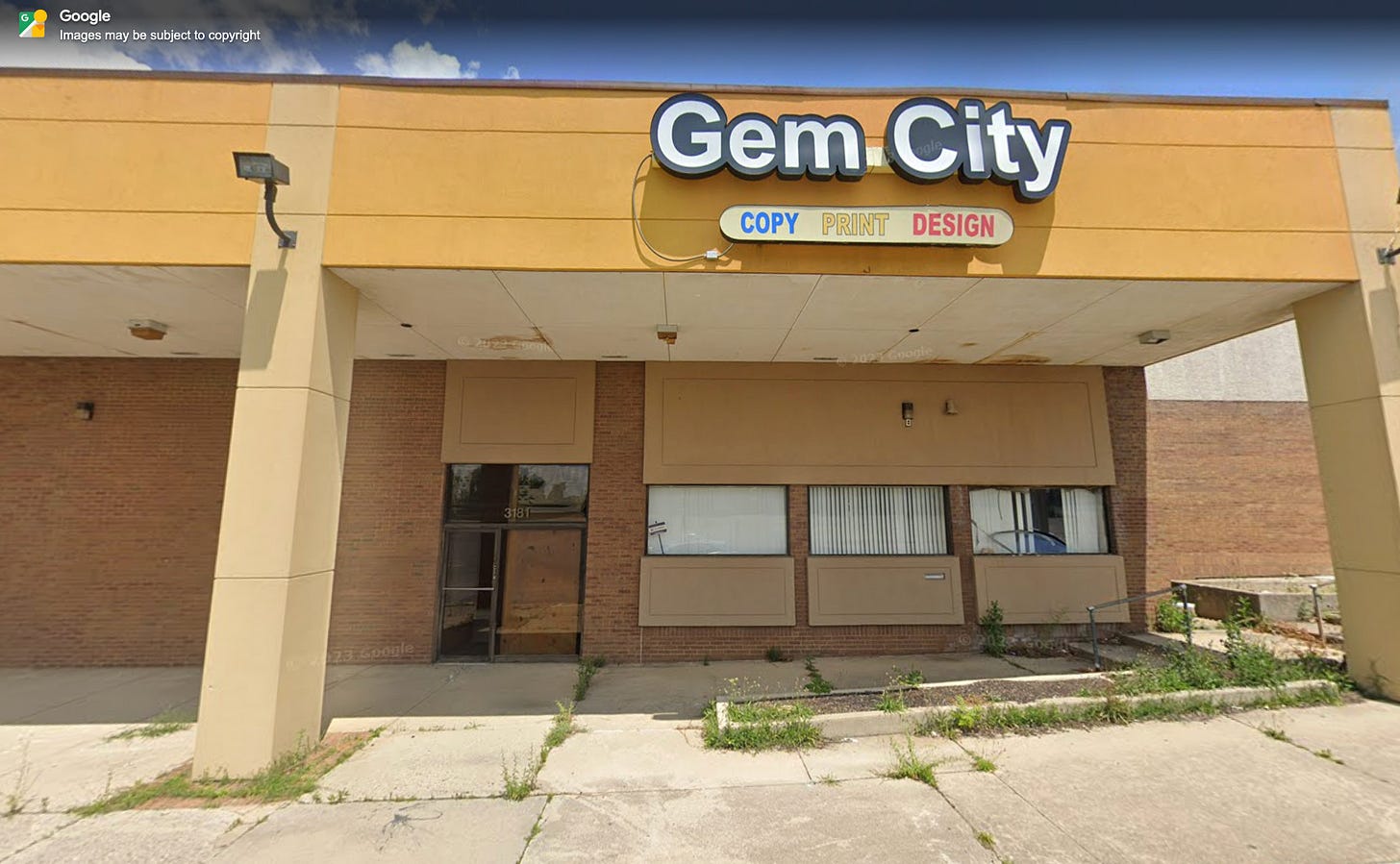Daytonification
The Dayton Peace Accords at 30. NATO's Parliamentary Assembly comes to Ohio. American and Balkan decline. Booz Hamilton. The Trump administration's new foreign policy rhetoric.
It sounds like the beginning of a dark Balkan joke, and in a way, it was: Thirty years ago, the three leaders of the belligerent parties to the Bosnian War walked into a place called the Hope Hotel in Dayton, Ohio. Over the next three weeks, Bosnian President Alija Izetbegović, Serbian President Slobodan Milošević and Croatian President Franjo Tudjman sat inside the drab compound at Wright-Patterson Airforce Base and labored over the details of a spectacularly complex peace deal, one that would come to be known as the Dayton Peace Accords. This was the genesis of “Dayton”–Balkan heads use the city’s name as shorthand for the accords– an agreement that brought about an end to a war that had killed 100,000 people, the deadliest conflict in Europe since World War II. Ohio was perhaps an unlikely setting for the closure of a major chapter in late 20th century European history. But then-assistant Secretary of State Richard Holbrooke, whose name is near synonymous with Dayton, and with Bosnia, had insisted on it. Holbrooke wanted Balkan peace to be America’s success. The logical setting for the peace talks would have been Geneva, which also had the benefit of being much closer to the Balkans. But Holbrooke, who oversaw Dayton, found the Europeans irritating. “Their lengthy procedural discussions drove him crazy,” George Packer wrote in his 2019 biography of Holbrooke. Besides, the Europeans had failed to stop a war that had unfolded on their own continent, in their very own backyard. As far as Holbrooke was concerned, the Europeans had proven themselves impotent, and the end to the bloody Balkan conflict should forever be remembered as an American victory. And so he brought the figureheads representing the fractured remnants of Yugoslavia to middle America. On the first night of the negotiations, Packer writes, Holbrooke took Milošević to a place called Packy’s Bar and Grill, an American sports bar inside the Hope Hotel.
The Serbian leader reportedly hated it. He described the menu of deep fried mozzarella sticks and southern-style chicken tenders as “shit”. Despite the rough start, the talks ultimately produced a peace. Izetbegović stressed that it was “not a just peace” but ultimately acceded. The Dayton Peace Accords were signed in Paris a month later, and an uneasy peace has held to this day. As for Dayton, Ohio (dubbed “Gem City” in more optimistic times), the late Holbrooke’s memory lives on in the names of things. Hope Hotel has since grown an appendage; it is now the Hope Hotel & Richard C. Holbrooke Conference Center. Curiously, there are no Holbrooke streets, squares, or hotels anywhere in Bosnia and Herzegovina.
The Dayton Peace Accords were signed at the height of the unipolar moment, when neither Russia nor China could challenge American supremacy; it was also the pinnacle of liberal hubris about America’s role in the world. It would all be downhill from there. But if Holbrooke and other Clintonites had bothered to look around Dayton, they’d have noticed that what they thought was an America on the ascent was in fact already in steep decline. While the Clinton administration signed NAFTA and advanced its “Foreign Policy for a Global Age”, the rot had already set in in places like Dayton. The story is a familiar one. Dayton was once a manufacturing powerhouse. It once claimed more patents per capita than any other city in the US. In its post-WWII boom years, Dayton had the largest concentration of General Motors employees anywhere outside of Michigan. During the 1950s, the manufacturing sector employed nearly half of the workforce. At its zenith in 1960, Dayton had a population of 260,000 people. But by the time the Dayton Peace Accords were signed in 1995, its population had fallen to just 174,000. The city’s fate followed that of many others in the Rust Belt: first “white flight” to the suburbs, and then the relocation of thousands of manufacturing jobs to cheaper parts of the US or overseas. Factory workforces thinned, then disappeared completely, reducing warehouses and assembly lines to post-industrial husks.
With little alteration, these words could just as well have described Bosnia. Like Dayton, the country has also experienced rapid deindustrialization and depopulation in recent years. In 1991, the year before the war began, Bosnia had a population of 4.4 million. Today, it’s officially about 3 million, though according to some estimates, the real number is closer to 2 million. Hundreds of thousands of people have left Bosnia for the West in the last few years alone. Meanwhile, the ghosts of socialist Yugoslavia’s abandoned industry lay in ruins across the country. Dayton brought Bosnia a negative peace –the absence of war– but that peace was also absent any credible positive vision to supplant the socialism that had once knitted it together as part of Yugoslavia, or the nationalism that had torn it apart. The war had ended, but the country, and the region, were oddly futureless.
All that remained was the vague promise of Euro-Atlantic integration–the hope that one day, Bosnia would join the EU and NATO. But that promise turned out to be a receding mirage. Soon, few people believed in it and they started leaving the country in droves. “If the EU won’t come to us, we will come to the EU,” as the Balkan adage goes.
The decline that bound Bosnia to Rust Belt Ohio likely went unaddressed among the Atlanticist faithful assembled at the NATO parliamentary assembly in Dayton this weekend, convened not at the threadbare Hope Hotel but at the University of Dayton’s Roger Glass Center for the Arts. The event was scheduled to coincide with the 30th anniversary of the Dayton Peace Accords, a time for much introspection and reflection about the state of peace and security in a forsaken corner of Europe. I watched a video of one public panel, and it was filled with the usual: learned dependency and a laundry list of what the United States needed to do in Bosnia. Later, I read about the Trump administration’s very different plans.
Keep reading with a 7-day free trial
Subscribe to Lily Lynch to keep reading this post and get 7 days of free access to the full post archives.



